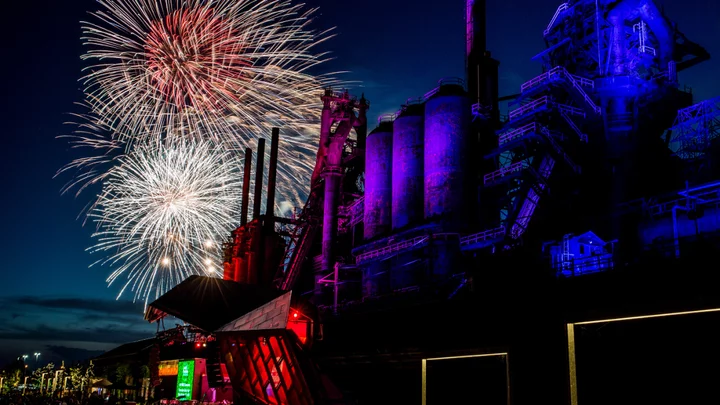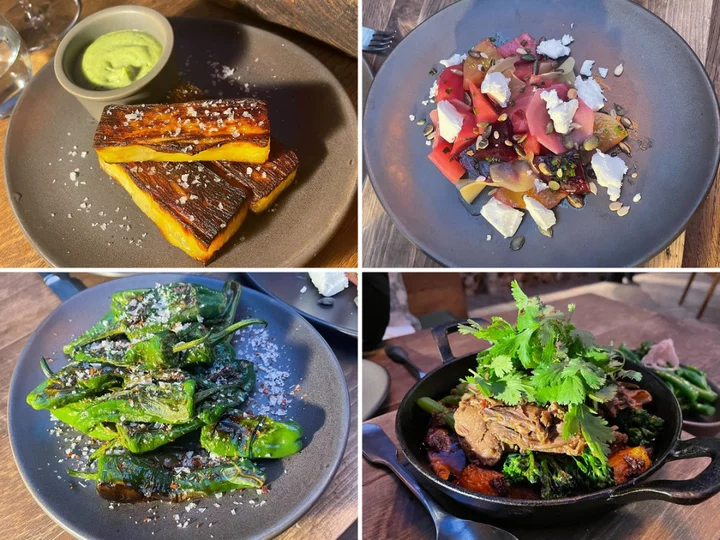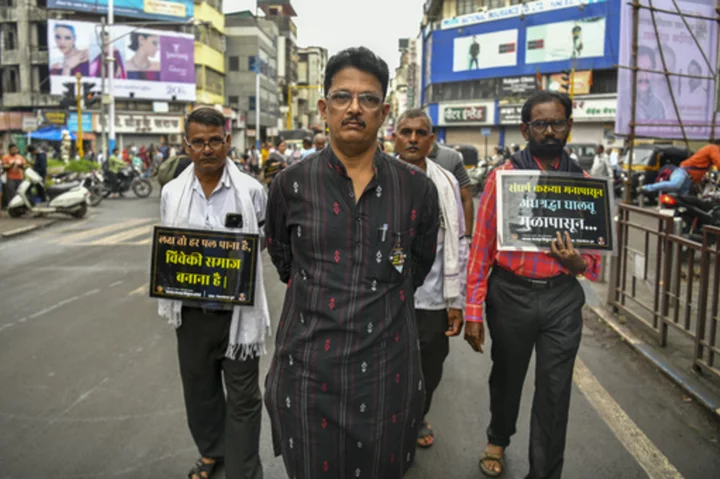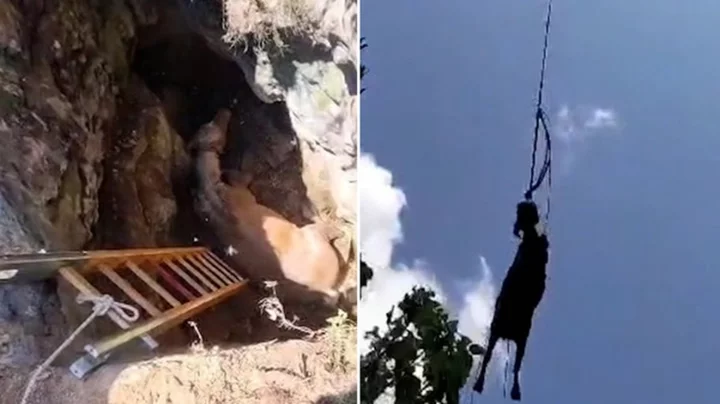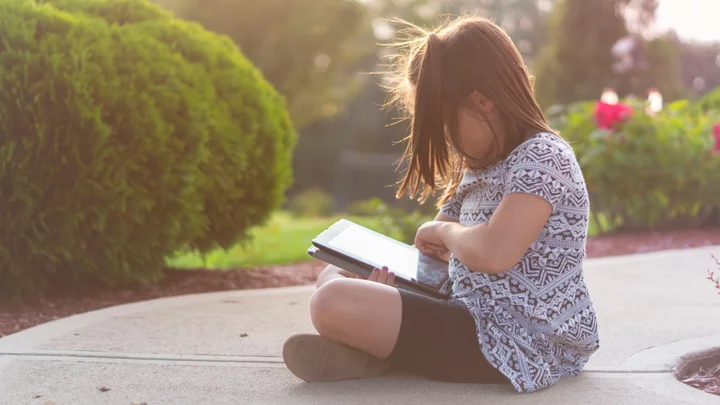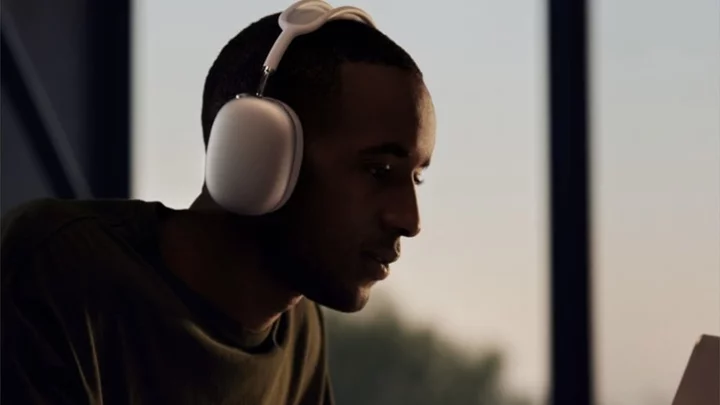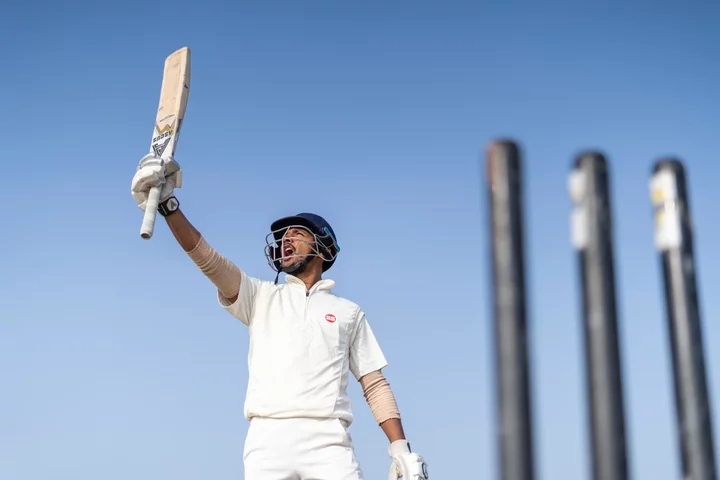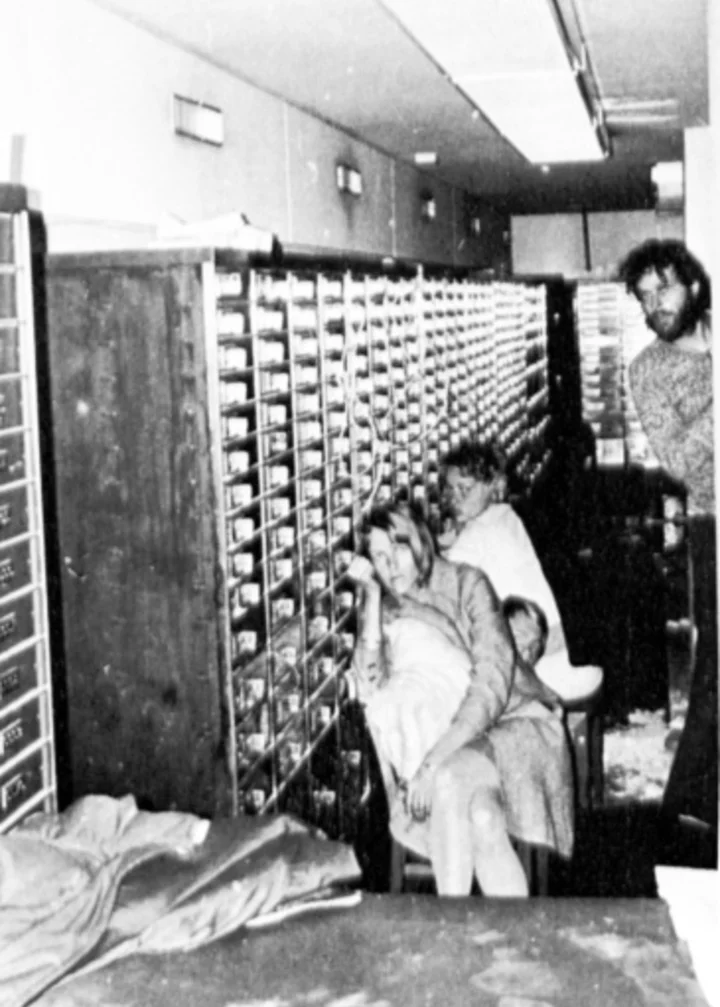A good fireworks photo can be quite striking, but it can also be very tough to get. Even though entry-level cameras usually have a Fireworks scene mode, taking a little bit of time to configure your settings manually often leads to better-quality results. And although you don't need an interchangeable lens camera (ILC) to capture the explosive theatrics, they are more reliable for this scenario than the best camera phones. We still cover some basic tips for smartphone users below, but most of our advice pertains to the mirrorless and SLR crowd.
1. Use a Tripod
It's easy to get sharp photos of fireworks without a tripod, but bringing one with you allows you to get a little more creative. They enable you, for instance, to use longer shutter speeds and position the camera at an angle that might be uncomfortable to hold. If you're worried about space or shooting at a venue where a larger tripod is verboten, consider something like a GorillaPod—this compact camera support has flexible legs that can wrap around trees and other objects to help steady your shots. If you don't have a tripod and don't know how to start your search, our buying guide for tripods can help.
Canon PowerShot G3 X, 8.8mm (24mm equivalent), f/8, 7.7 seconds, ISO 125If you have a newer ILC with a good, 5-axis in-body image stabilization system, you can experiment with handheld exposures. Cameras like the Sony a7 IV, OM System OM-1, and Canon EOS R6 Mark II can manage decent handheld exposures, sometimes up to a full second, but won't match the longer ones you can manage from a tripod. Still, you can help out the IBIS system by bracing yourself, working from a seated position, or using a monopod or powered gimbal to support the camera.
2. Turn Off Your Flash
Fireworks are very bright, and using your camera's flash won't do anything to help your shot. If you're using a camera with a built-in flash, you can typically turn it off via the menu (look for a lightning bolt button or symbol). Some ILCs let you control the flash simply by physically lowering or raising it. Most newer mirrorless cameras don't include a flash at all, so this is more of a concern if you're using an older SLR.
3. Set ISO, Aperture, and Shutter Manually
Here's where a tripod (or other form of stabilization) comes in handy. To get a nice exposure, you want to let just a little bit of light into the camera for a longer period. This technique lets you capture the full effect of a firework burst in an image. Start with ISO 100 and set your lens to f/8 with a one-second shutter speed. Just know that you might need to make changes to account for whatever else is in the frame (such as lit buildings).
Shooting at ISO 200 at f/11 with a 1.6-second exposure netted the image at the top of this story, which preserves some shadows on the structure. But I also shot a few at f/8 with a 2-second exposure to give the structure a more saturated, painted look. You can stop the lens down even further for even longer exposures if you want to capture multiple bursts in one shot.
Canon EOS-1D X, EF 24-70mm f/4L IS USM, 70mm, f/8, 2 seconds, ISO 200If your camera has a Bulb exposure mode (which keeps the shutter open as long as you hold the release down), you can use that to better time your shots. A shutter release cable or a wireless remote comes in handy for this mode, but if you don't have one or are using a compact camera, take care not to jostle it too much when you trip the shutter.
4. Find Your Spot and Frame Your Shot
Although the fireworks are the main attraction, you should try to get something else in the frame for next-level results. If you're in a city, for instance, try to position the skyline or a landmark toward the bottom of your photo with the fireworks above it. I captured some of the shots in this article at the SteelStacks complex in Bethlehem, PA. It was my first time attending that show and, in retrospect, I could have found a better spot had I known exactly where the display was going to appear in the sky, but the dramatic lighting of the abandoned steel mill went a long way to save my photos.
Canon PowerShot G3 X, 220mm (600mm equivalent), f/8, 2.6 seconds, ISO 125But not everyone is fortunate enough to have such a dramatic manmade structure in front of the light show. If you're in a more natural environment, try to find a lake or river that can show the reflections from above. Things can get a little tricky if you're out in a park or another rural area though. Approach framing the fireworks as you would a landscape—if you can get a good balance of ground and sky (or perhaps show fellow spectators), those elements add intrigue.
Don't be afraid to change your frame as the show goes on—zooming in for some tight shots of the light show can make your series more interesting. But it might be tricky to get up and move. Using something light, like the Peak Design Travel Tripod, helps, but you also want to take care not to get in the way of others as you move through crowds. If you're stuck in place, swapping to a different lens can change your look. Telephotos can get tight, abstract views, and you could even break out a fish-eye or Lensbaby to change perspective.
5. Try New Things
Sure, the fireworks themselves are breathtaking, but you can try different techniques to keep things interesting. If you're shooting with a manual zoom lens, you can adjust the focal length during the exposure, which can result in some crazy light trails like in the shot below. You might also want to try breaking some of these rules; shooting a long exposure handheld can result in blurry, trippy results—I just wouldn't recommend doing it for the entirety of the show.
Canon EOS-1D X, EF 24-70mm f/4L IS USM, 70mm, 2 seconds, ISO 2006. Don't Forget About Video
Most recent digital cameras are more than capable of recording fireworks displays. I still recommend using a tripod if you're thinking about longer-form footage, but stabilized sensors and lenses are sufficient for shorter clips.
Be aware that recording video requires you to change your exposure settings. Manual mode is a must; keep the aperture, shutter speed, and ISO set to prevent the brightness from fluctuating. If you go for the cinematic 24fps look, use a 1/48-second or 1/50-second shutter speed. For 30fps, set the shutter to 1/60-second. Video experts should use a flat profile so there's room for editing contrast and color in post, but if that's alien language to you, turn to your camera's EV compensation setting to dial in the correct brightness for the scene if things don't look right on the monitor.
7. What About Your Phone?
Smartphone cameras have improved by leaps and bounds over the last couple of years. But don't expect them to capture firework photos that wow you like a long-exposure from a big camera.
Canon PowerShot G3 X, 46.7mm (127.4mm equivalent), f/8, 2.5 seconds, ISO 125If you have a recent flagship smartphone, or even one that's a few years old like an iPhone 13 or Galaxy S22, you have a camera in your pocket that, minus a truly capable zoom, competes with most pocketable point-and-shoot cameras. But fireworks are tough for phones. Their cameras work best for low-light and quick shots because you can't do things like stop down the aperture.
That puts the long exposure method we recommend for SLRs and mirrorless cameras out of the picture. So, vary your technique a bit. Enable HDR on your phone if you have it. And, if you have manual shooting controls, set the ISO to the lowest setting and the shutter speed to something short enough to handhold. You can extend this range a bit by adding a smartphone gimbal.
You need to play around with these settings based on the type of phone you have but start at 1/60-second and experiment until you get a dark sky and colorful fireworks bursts. Speaking of bursts, if your phone has a burst shooting mode, use it—it's tough to predict the perfect moment without multi-second exposures. With some care, practice, and probably a little editing, you can likely get something suitable for Instagram though.
Canon PowerShot G3 X, 25.7mm (70mm equivalent), f/8, 2.3 seconds, ISO 125If you don't have manual shutter and ISO controls available, things get really tricky. Some phones let you set your light meter on a specific part of the scene by touching—with the iPhone, you can touch and drag the focus box to separate metering and autofocus. Focus on something bright and, if you can, lock the exposure settings. Doing so prevents your phone from trying to brighten the dark sky around the fireworks. It's also not a bad idea to opt for 4K video recording if your phone supports it—each frame is 8MP in size and you can certainly pull one out that is suitable for social sharing.
Finally, grab an image editing app, or take advantage of the one built into your phone. These let you add contrast and saturation to make your fireworks shots pop. For more, see how to take better photos with your smartphone.
If you're thinking about shooting some fireworks this year but don't have a decent camera, take a look at our list of the best digital cameras. And, for more photo tips, check out our guides for beginners and experts, as well as an explainer on photographing lightning.

